
How to Use SX1308: Examples, Pinouts, and Specs
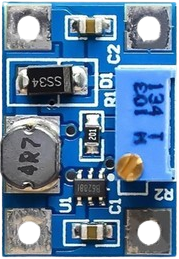
 Design with SX1308 in Cirkit Designer
Design with SX1308 in Cirkit DesignerIntroduction
The SX1308 is a highly integrated step-up boost converter designed by Shenzhen Suosemi Tech. It is widely used in applications requiring efficient voltage step-up from a lower input voltage to a higher output voltage. The SX1308 is compact, cost-effective, and highly efficient, making it suitable for powering devices in battery-operated systems, portable electronics, and IoT applications.
Explore Projects Built with SX1308
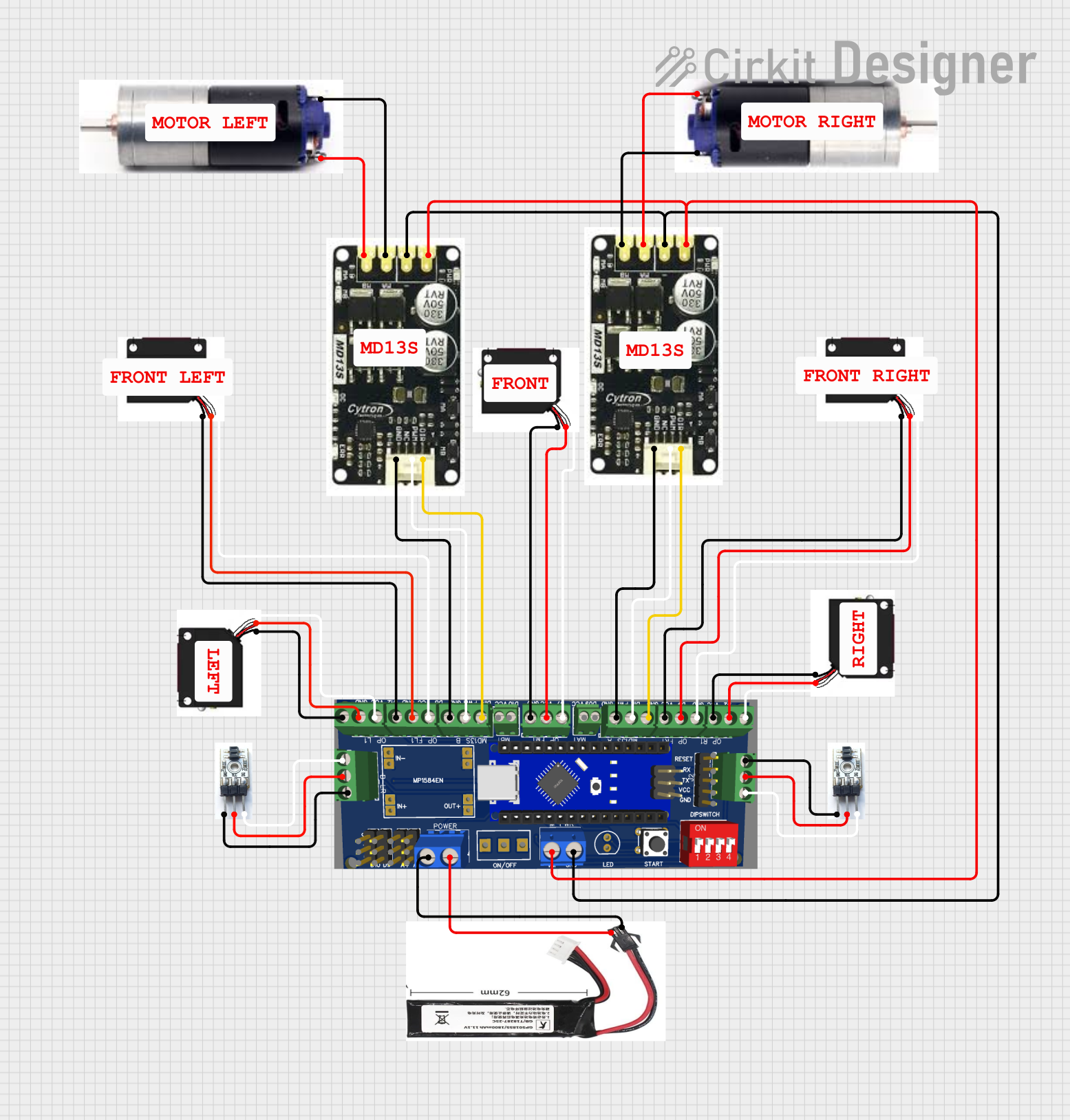
 Open Project in Cirkit Designer
Open Project in Cirkit Designer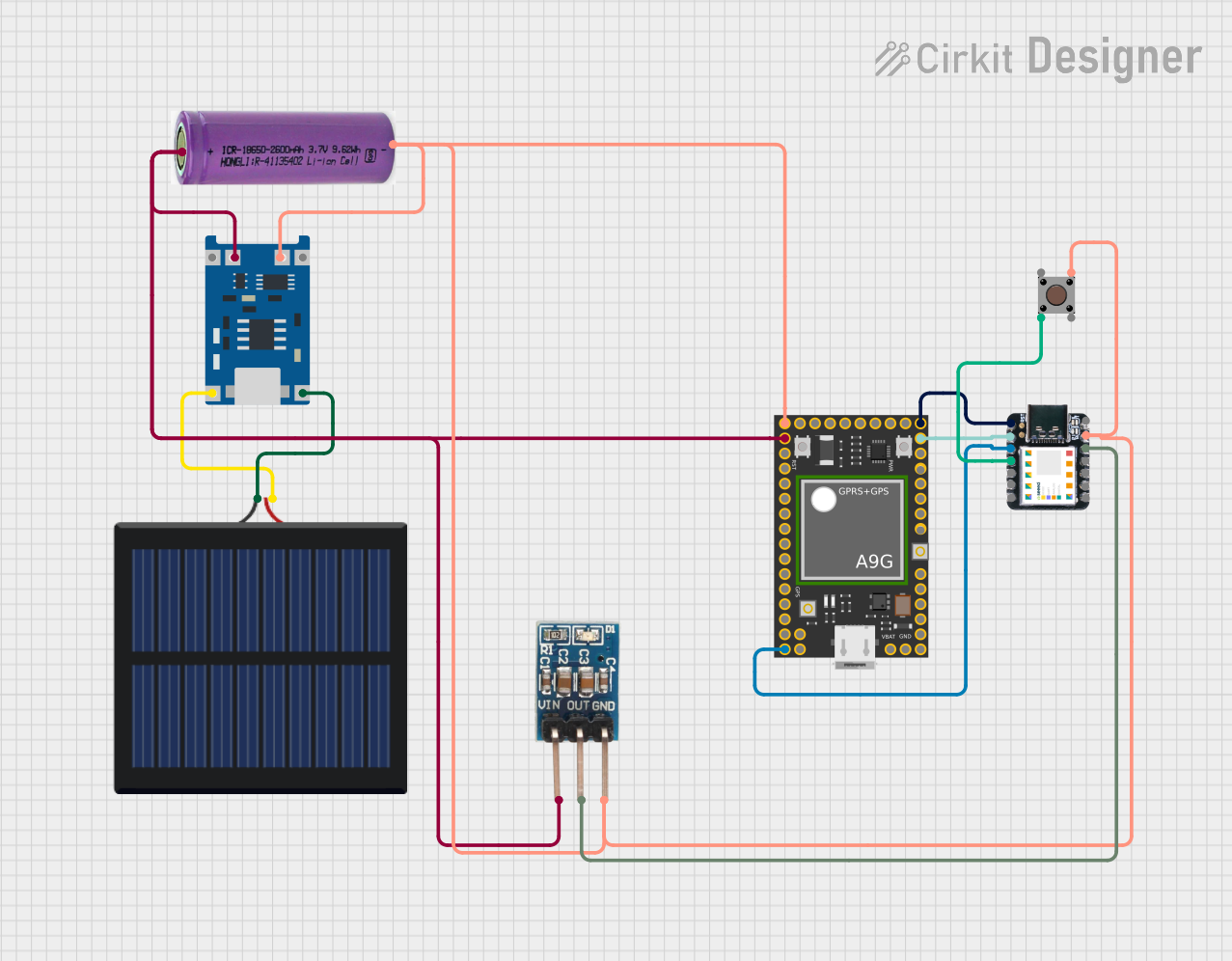
 Open Project in Cirkit Designer
Open Project in Cirkit Designer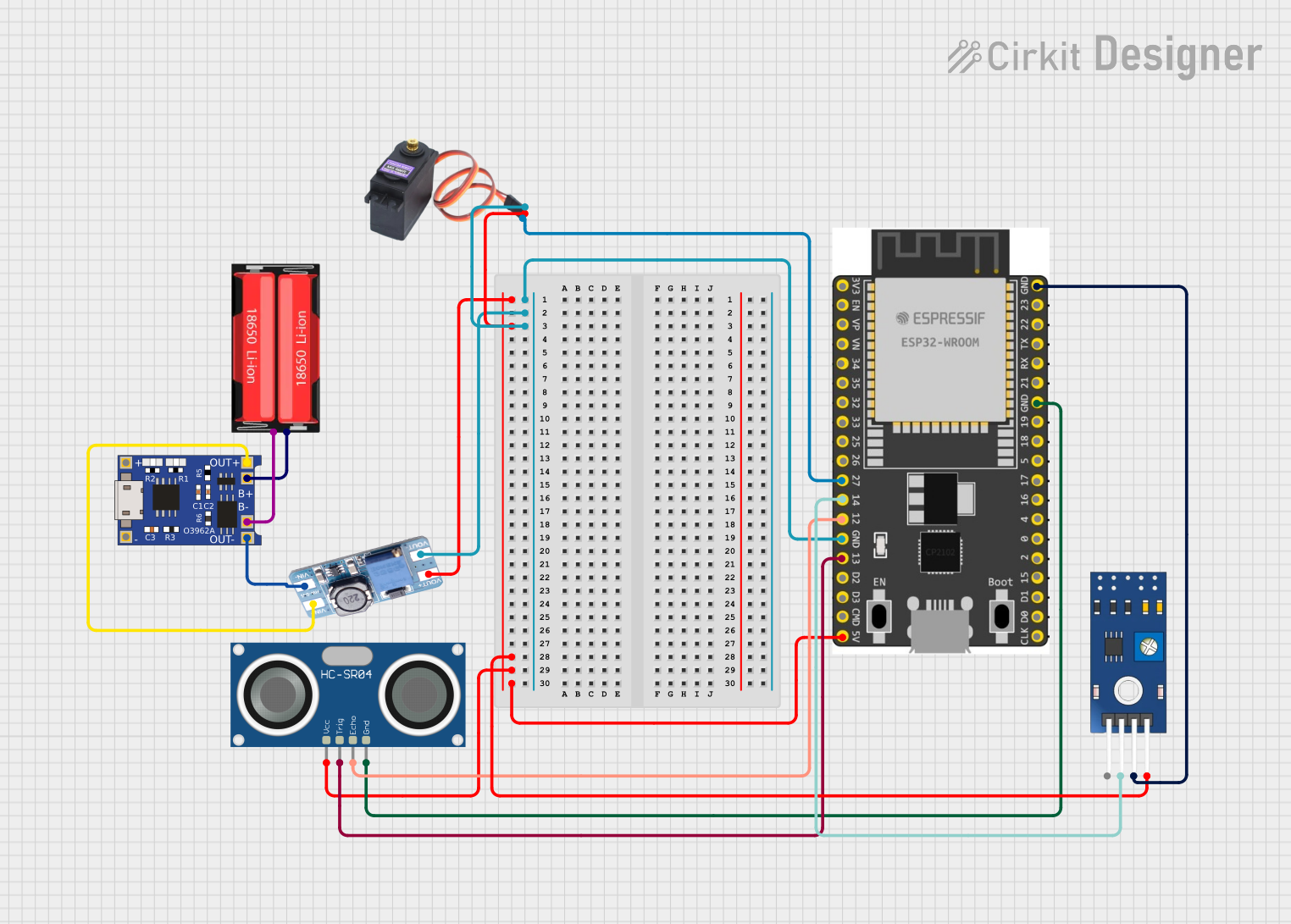
 Open Project in Cirkit Designer
Open Project in Cirkit Designer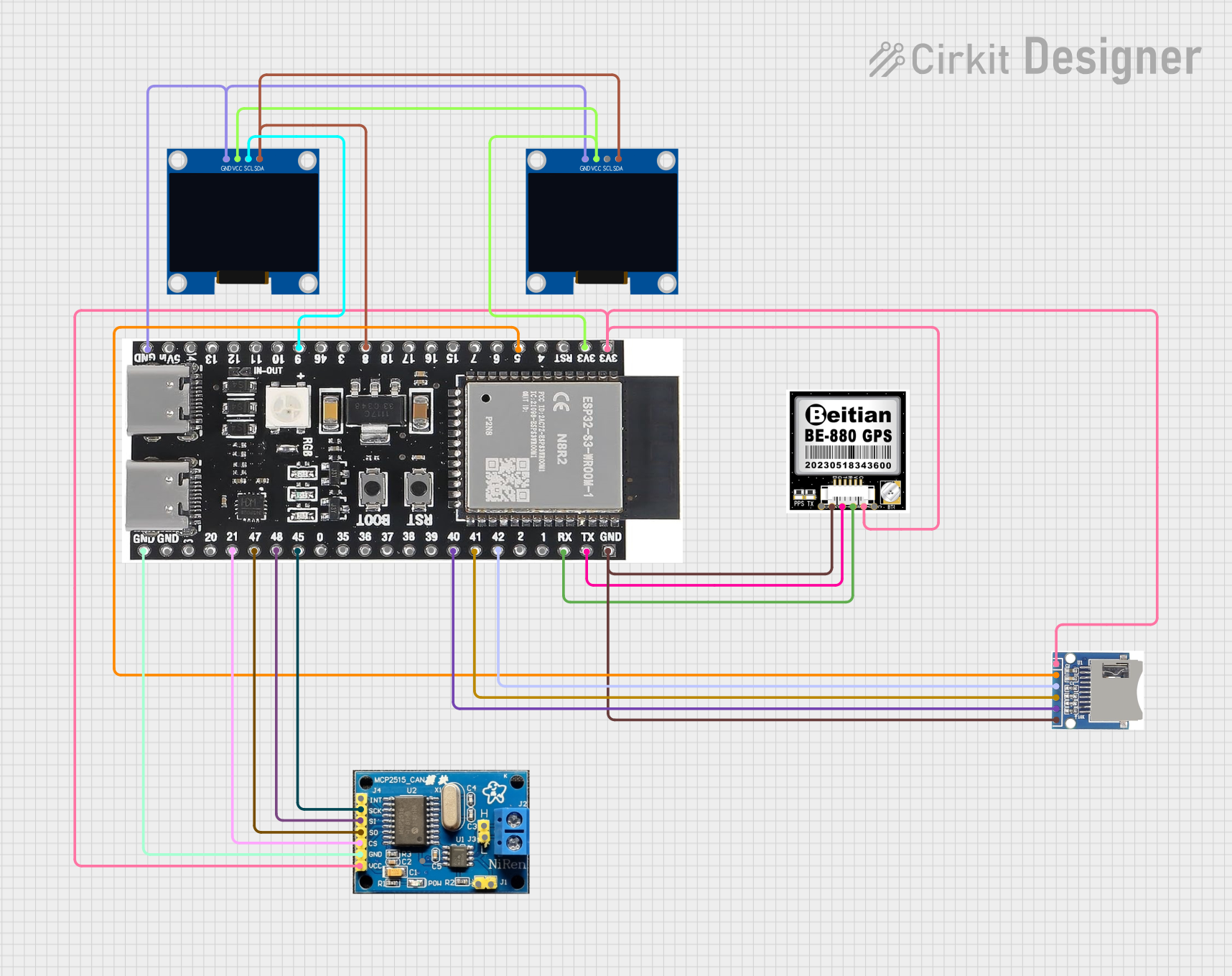
 Open Project in Cirkit Designer
Open Project in Cirkit DesignerExplore Projects Built with SX1308

 Open Project in Cirkit Designer
Open Project in Cirkit Designer
 Open Project in Cirkit Designer
Open Project in Cirkit Designer
 Open Project in Cirkit Designer
Open Project in Cirkit Designer
 Open Project in Cirkit Designer
Open Project in Cirkit DesignerCommon Applications and Use Cases
- Powering microcontrollers and sensors in IoT devices
- Boosting voltage for LED strips and displays
- Battery-powered devices requiring higher operating voltages
- Portable electronics such as handheld gadgets and wearables
Technical Specifications
Key Technical Details
- Input Voltage Range: 2V to 24V
- Output Voltage Range: 2V to 28V
- Switching Frequency: 1.2 MHz
- Maximum Output Current: 2A (depending on input voltage and load conditions)
- Efficiency: Up to 95%
- Quiescent Current: < 120 µA
- Operating Temperature Range: -40°C to +85°C
- Package Type: SOT-23-6
Pin Configuration and Descriptions
The SX1308 is typically available in a 6-pin SOT-23 package. Below is the pinout and description:
| Pin Number | Pin Name | Description |
|---|---|---|
| 1 | SW | Switching node. Connect to the inductor and diode. |
| 2 | GND | Ground pin. Connect to the system ground. |
| 3 | FB | Feedback pin. Connect to a resistor divider to set the output voltage. |
| 4 | EN | Enable pin. Drive high to enable the converter, low to disable it. |
| 5 | VIN | Input voltage pin. Connect to the input power source. |
| 6 | VOUT | Output voltage pin. Connect to the load and output capacitor. |
Usage Instructions
How to Use the SX1308 in a Circuit
Input and Output Capacitors:
- Place a low-ESR capacitor (e.g., 10 µF ceramic) close to the VIN pin to stabilize the input voltage.
- Use a similar capacitor at the VOUT pin to smooth the output voltage.
Inductor Selection:
- Choose an inductor with a suitable current rating (e.g., 2A or higher) and an inductance value between 4.7 µH and 22 µH, depending on the desired output voltage and current.
Feedback Resistor Divider:
- Use two resistors to set the output voltage. The formula is: [ V_{OUT} = V_{REF} \times \left(1 + \frac{R1}{R2}\right) ] where ( V_{REF} ) is typically 0.6V.
Enable Pin:
- Connect the EN pin to VIN or a microcontroller GPIO pin to control the converter's operation.
Diode Selection:
- Use a Schottky diode with a low forward voltage drop and a current rating higher than the maximum output current.
Important Considerations and Best Practices
- Ensure proper PCB layout to minimize noise and improve efficiency. Place components as close to the IC as possible.
- Avoid exceeding the maximum input voltage (24V) or output voltage (28V) to prevent damage.
- Use a heat sink or proper ventilation if operating at high currents to manage thermal dissipation.
- For applications requiring precise output voltage, use resistors with a low tolerance (e.g., 1%).
Example: Connecting the SX1308 to an Arduino UNO
The SX1308 can be used to power an Arduino UNO from a lower voltage source, such as a 3.7V Li-ion battery. Below is an example circuit and Arduino code to enable/disable the SX1308 using a GPIO pin.
Circuit Diagram
- Connect the battery's positive terminal to the VIN pin of the SX1308.
- Connect the VOUT pin to the Arduino's 5V pin.
- Connect the EN pin to an Arduino GPIO pin (e.g., D7) for control.
Arduino Code
// Define the pin connected to the SX1308 EN pin
const int enablePin = 7;
void setup() {
// Set the enable pin as an output
pinMode(enablePin, OUTPUT);
// Enable the SX1308 by setting the pin HIGH
digitalWrite(enablePin, HIGH);
}
void loop() {
// Example: Toggle the SX1308 on and off every 5 seconds
digitalWrite(enablePin, HIGH); // Enable the SX1308
delay(5000); // Wait for 5 seconds
digitalWrite(enablePin, LOW); // Disable the SX1308
delay(5000); // Wait for 5 seconds
}
Troubleshooting and FAQs
Common Issues and Solutions
No Output Voltage:
- Check the input voltage and ensure it is within the specified range (2V to 24V).
- Verify that the EN pin is pulled high to enable the converter.
- Inspect the feedback resistor divider for correct values and connections.
Output Voltage is Unstable:
- Ensure proper placement of input and output capacitors close to the IC.
- Check the inductor value and ensure it is appropriate for the load conditions.
- Verify that the load current does not exceed the maximum rating.
Excessive Heat:
- Ensure the input and output voltages are within the specified range.
- Use an inductor and diode with sufficient current ratings.
- Improve PCB layout to enhance heat dissipation.
Low Efficiency:
- Use low-ESR capacitors and a Schottky diode to minimize losses.
- Optimize the feedback resistor values for the desired output voltage.
FAQs
Q1: Can the SX1308 be used to power a 12V LED strip from a 5V source?
A1: Yes, the SX1308 can step up a 5V input to 12V, provided the current requirements of the LED strip do not exceed the SX1308's maximum output current.
Q2: What happens if the input voltage drops below 2V?
A2: The SX1308 will stop operating, and the output voltage will drop. Ensure the input voltage remains within the specified range.
Q3: Can I use the SX1308 for audio applications?
A3: While the SX1308 is not specifically designed for audio, it can be used in low-power audio circuits. However, ensure proper filtering to minimize noise.
Q4: How do I calculate the inductor value for my application?
A4: Refer to the SX1308 datasheet for detailed formulas and guidelines based on your input voltage, output voltage, and load current requirements.